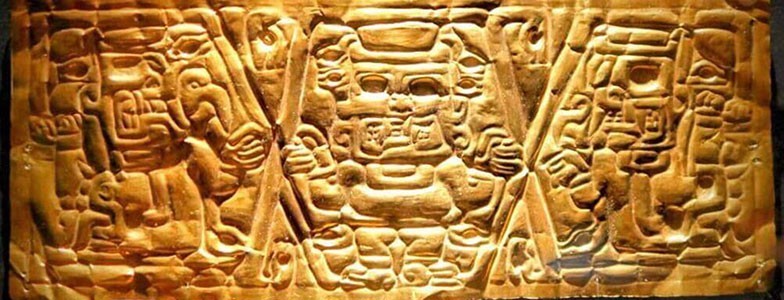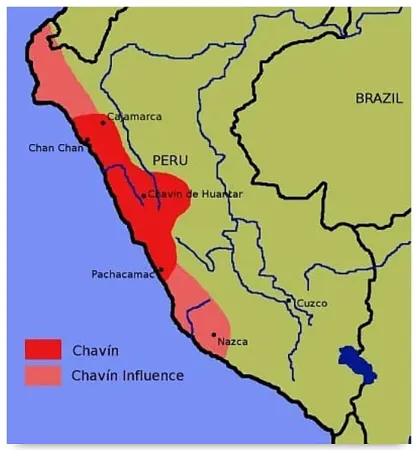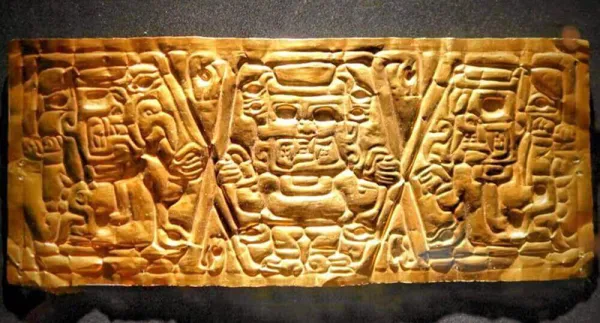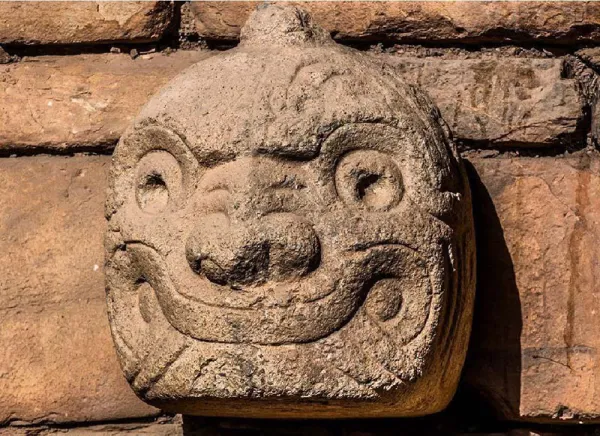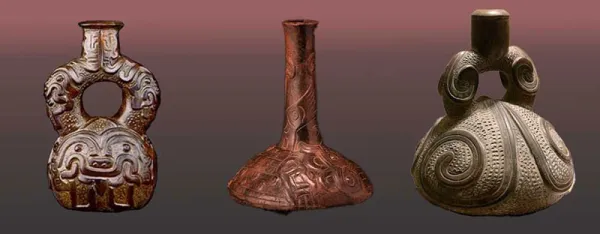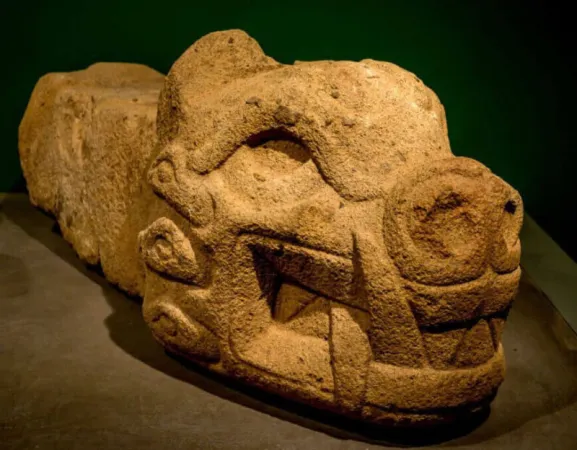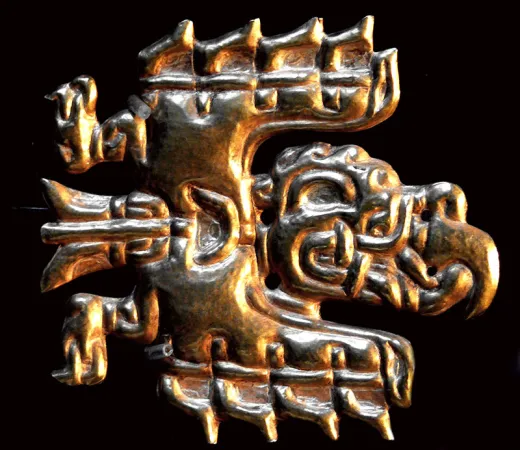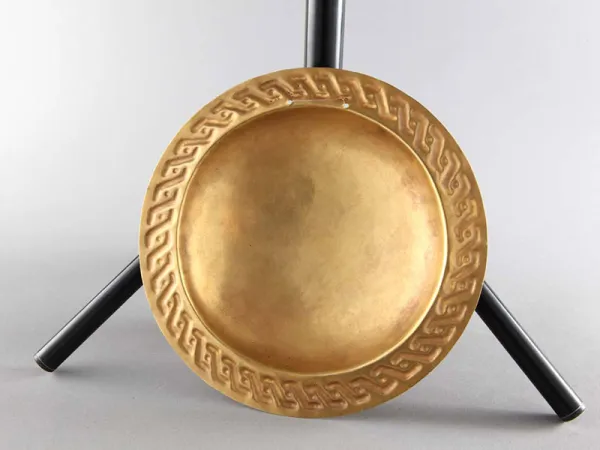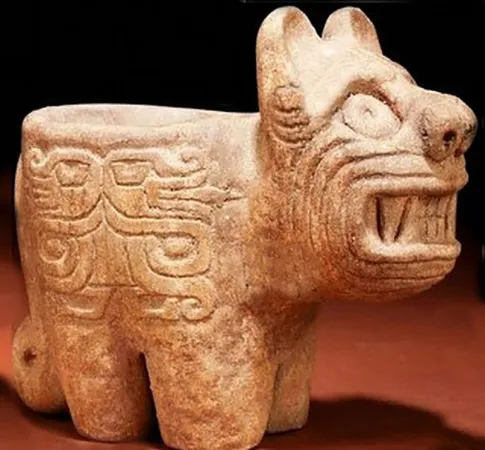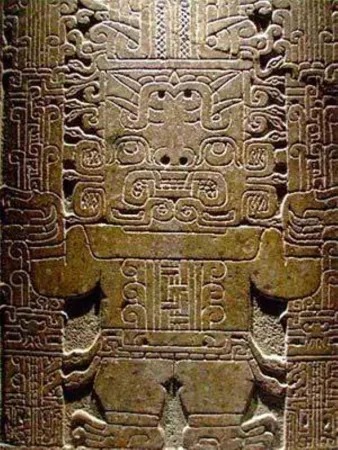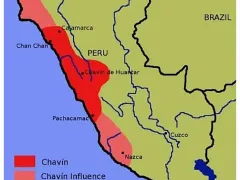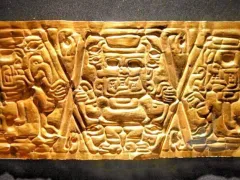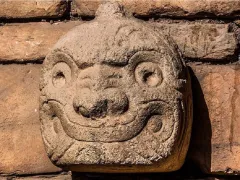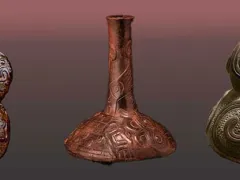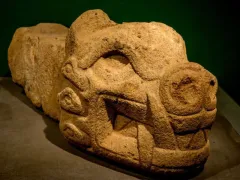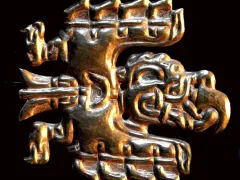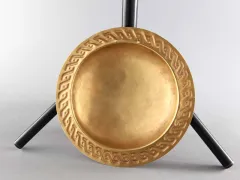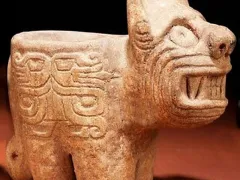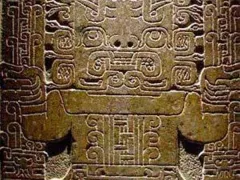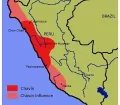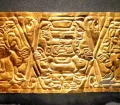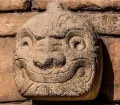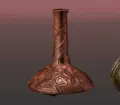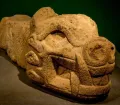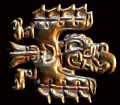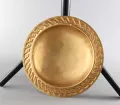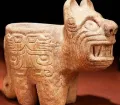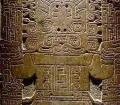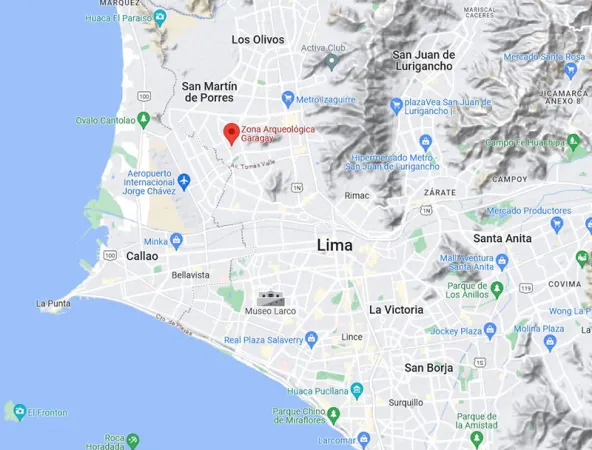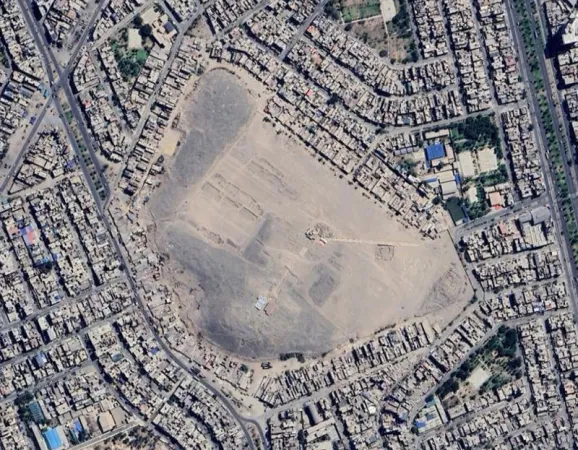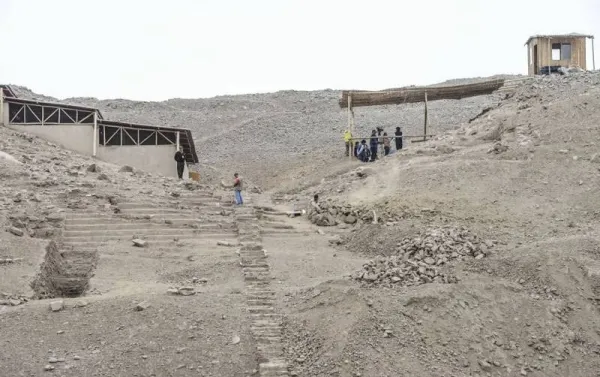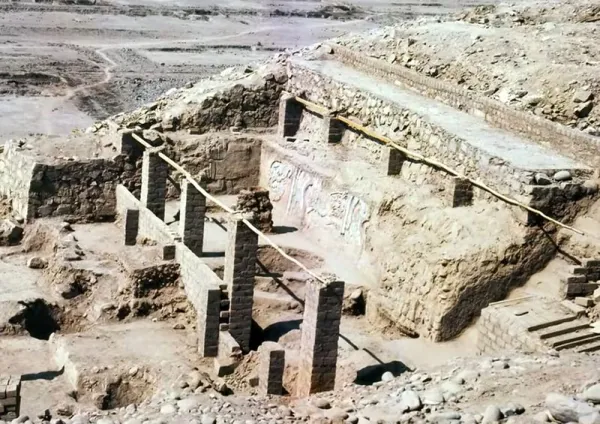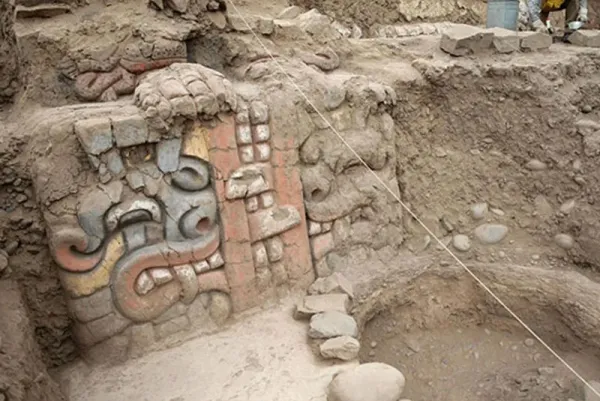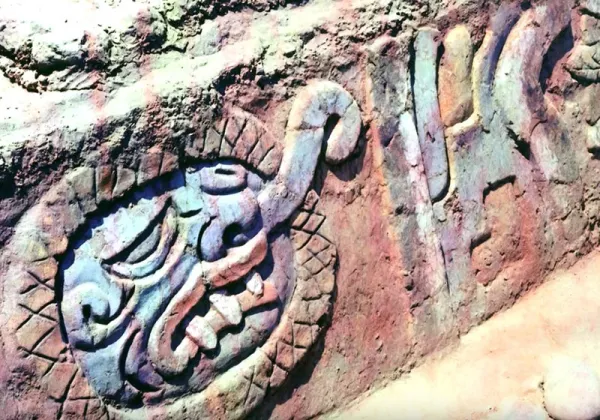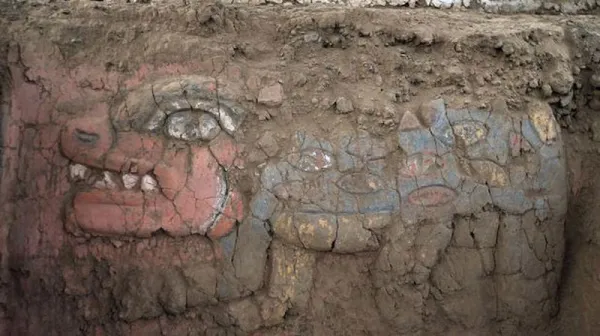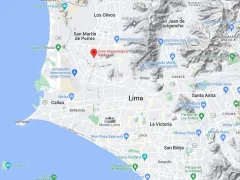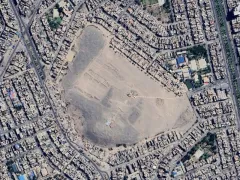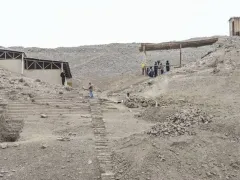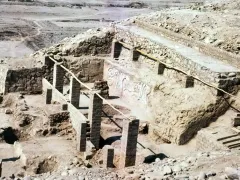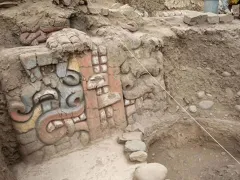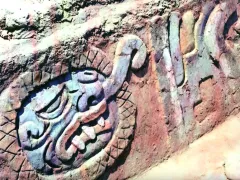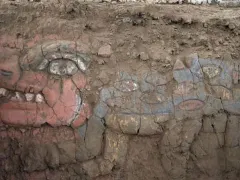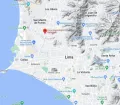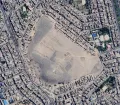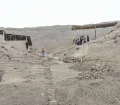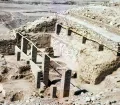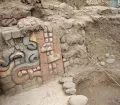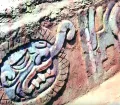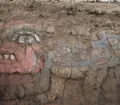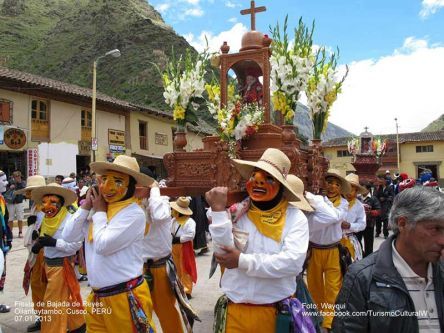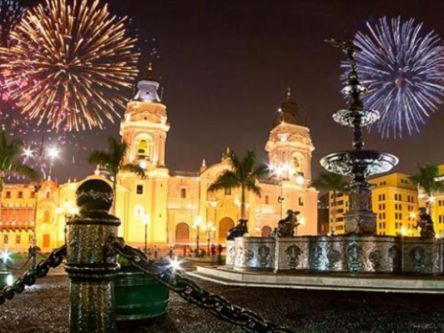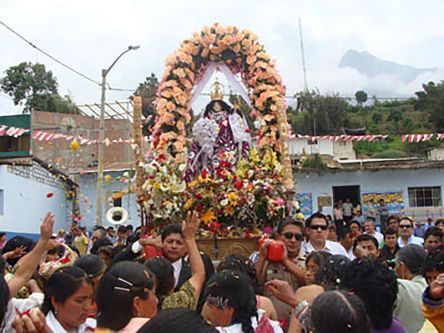The Chavin civilization is one of the great pre-Columbian cultures of Peru. It emerged in the northern Andean highlands in today’s Huari province in the Ancash region around 1200 BC. While for the first few hundreds of years the Chavin society was limited to the Andean region where they developed, later their influence spread to other civilizations along the Peruvian coast, including today’s Lima, leaving a significant impact on the area.
Flourishing from around 900 BC to 200 BC, the Chavin civilization not only highly influenced other societies living along the Peruvian coast at the time, but also laid the economic, social, and cultural foundation for all later Peruvian civilizations.
Presumably starting as a cultural-religious movement with a priest at the top of the hierarchy, over a few hundred years the Chavin developed into an organized civilization which expanded from their heartland in the northern Andean highlands along the Peruvian coast and parts of the western Andes mountains.
The Chavin culture is associated with incredible advancements in all areas of life which spread to the regions they influenced. They improved already existing agricultural techniques domesticating animals and plants as well as creating for the time elaborate methods of irrigation to facilitate farming.
The Chavin were masters in producing sophisticated art and architecture representing the first widespread unique artistic style in Peru. They are known for their finely carved stone monuments and sculptures featuring zoomorphic and anthropomorphic figures, their manificent and complex gold pieces, their beautifully formed pottery as well as their amazing textiles and religious objects.
Additionally, the Chavin expanded the already on a small-scale existing trade networks connecting the Andean highlands with the coastal and jungle regions. This led to an exchange of goods, social and political ideas, religious ideologies and rituals, and cultural practices, which resulted in overall progress and development.
Until their decline around 200 BC the Chavin built imposing monuments. The most well-known is the archaeological complex of Chavin de Huantar, located in the Andean highlands about 420 km (260 miles) north of Lima. Furthermore, they rebuilt, extended and modified numerous structures built by previous societies leaving their characteristic marks on them.
In today’s Lima area the most important and significant remains of Chavin presence is the Huaca Garagay located in the district of San Martin de Porres. While for decades it was believed that the ceremonial center was built by the Chavin, radiocarbon dating revealed that the first structures were built already around 1500 BC to 1400 BC, so long before the appearance of the Chavin, and that the Chavin only reconstructed the already existing complex putting their unmistakable and unique stamp on it like they did with many other places on the central Peruvian coast.
Despite the importance of the Huaca Garagay, after its discovery in 1959, it was with a few exceptions mainly neglected, squatted, plundered, damaged on purpose, and partly even built on. Just in recent years the awareness for this valuable construction grew among the authorities and a few citizens. In 2001, the Archarological complex of Garagay was name a National Patrimony and some investigation, excavation and preservation work is done since the mid-2010s revealing some amazing treasures.
Even though the influence of the Chavin culture waned by around 200 BC and new civilizations emerged, they shaped the history and cultural identity of today’s Lima area significantly.


